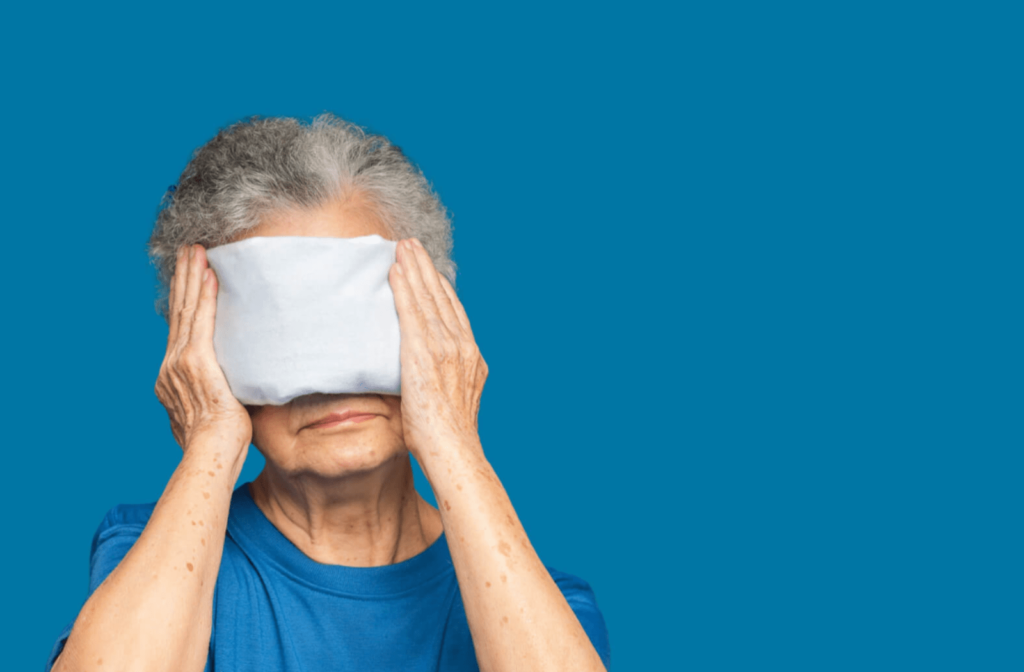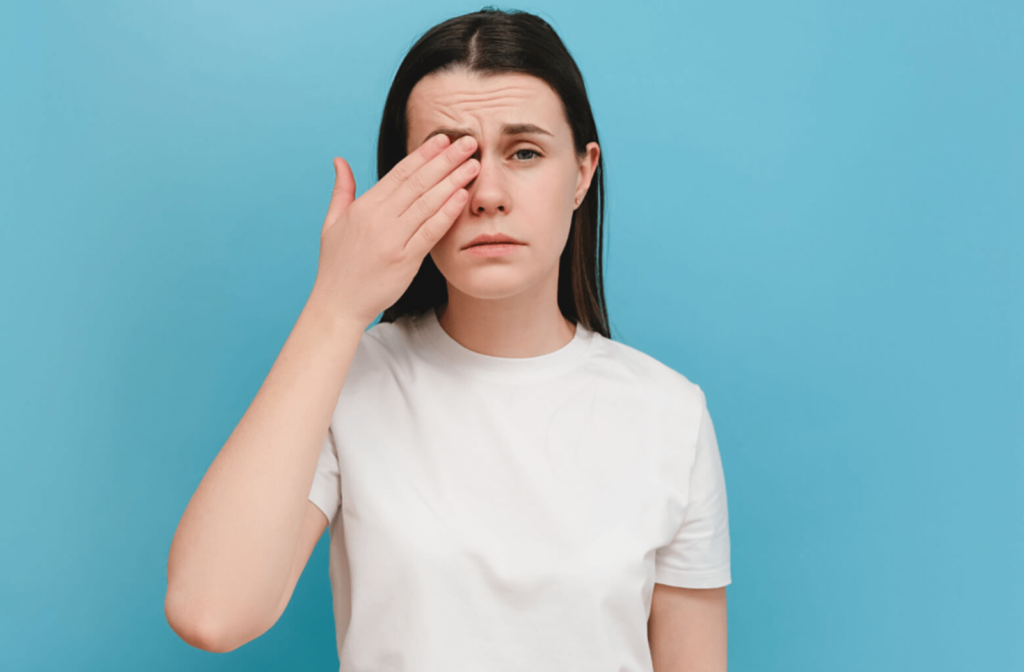Many may know that dry eyes result from a lack of tears. But there’s more to it than that. A healthy tear film is crucial for maintaining clear vision and eye comfort. Without that, you may experience dry eye disease with burning, blurry vision, or discomfort.
A comprehensive eye exam can identify dry eyes early, determine the underlying cause, and offer treatment options, such as iLux. iLux helps to treat meibomian gland dysfunction (MGD), an underlying cause of dry eyes that affects the oily layer in tears.
iLux treatments can significantly improve the signs and symptoms of MGD and dry eyes. It does this by using the appropriate melting temperature of oil (meibum) with compression.
Keep reading as we discuss dry eyes, meibomian gland dysfunction, and iLux treatments in more detail.
What is Dry Eye Disease?
People with dry eyes produce fewer natural tears or poor-quality tears. A healthy tear film has 3 components or layers: Water, oil, and mucin.
If tears lack the proper chemical composition, such as the lipid or oily layer, it results in tear evaporation. This subtype of dry eye disease is called evaporative dry eye. Dry eye disease has many causes that lead to either decreased tear production or increased tear evaporation.
Decreased tear production causes:
- Age: As you age, you produce fewer tears
- Gender: Females are at higher risk because of hormone replacement therapy and birth control
- Medications: Antihypertensives, antihistamines, and antidepressants
- Medical conditions: Sjogren’s syndrome, rheumatoid arthritis, lupus, and thyroid disorders
Increased tear evaporation causes:
- Blinking less often
- Eyelid problems
- Eye allergies
- Wind, dry air, or low humidity
- Meibomian gland dysfunction
Symptoms of Dry Eye Disease
Dry eyes can make it difficult to focus and can cause the following symptoms:
- Eye strain
- Burning or itching sensations
- Eye fatigue
- Blurred vision
- Redness
- Light sensitivity
- Watery eyes

Meibomian Gland Dysfunction & Dry Eye Disease
Meibomian glands are tiny glands in your eyelids that produce the oil found in the tear film. The function of the oily layer is to prevent the watery layer in your tears from evaporating.
When the opening to the meibomian glands gets clogged, less oil is released, leading to meibomian gland dysfunction. MGD is the most common cause of dry eye disease and accounts for 85% of all cases.
There is no single, specific way to check for MGD. However, your eye doctor can diagnose meibomian gland dysfunction through the following:
- An eye examination
- Testing the quality of your tears
- Compressing your meibomian glands to check the quality of oil (meibum)
iLux Treatment for Dry Eyes
Dry eyes can be a chronic condition if not treated early. When blocked meibomian glands are treated early, the blockages can be reversed, and you can experience long-term relief. Although some cases may require ongoing treatment.
Your eye doctor may recommend applying warm compresses to your eyelids for a few minutes twice a day to help loosen the oil for moderate blockages. Other recommended treatments can include:
- Lid scrubs
- Gentle eyelid massages to help release the oil into the tear film
- Lipid-based artificial tears to relieve symptoms
- Medication to treat inflammation or infection
iLux treatments are performed in-office with a handheld device. It’s a safe and non-invasive procedure with no pain and minimal discomfort after.
It uses LED-based heat to warm the inner and outer eyelids to unblock the meibomian glands. Each treatment session takes around 10 minutes, with no downtime after treatment. With iLux, your eye doctor has more control over whether you need more compression or longer heating time.
After applying the heat to the blocked glands, your eye doctor may use gentle pressure on the eyelids to express the oil. iLux treatments work better than warm compresses because they supply the constant heat needed to melt the secretions.
For severe blockages of MGD, you can have thick and cloudy oil secretions. In these cases, you may require several sessions of iLux treatments. You can usually get immediate relief, with symptoms improving even more in the weeks following treatment.
Dry Eye Relief in Grand Prairie
There is no cure for dry eye disease—but, we can help treat your symptoms to relieve your eyes of uncomfortable feelings. To finally find relief from dry, irritated eyes, try iLux treatments at Doctors EyeCare Grand Prairie.
Contact us or book an appointment today to see if iLux can help manage your symptoms and prevent MGD from worsening.




